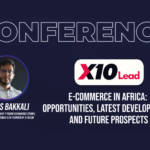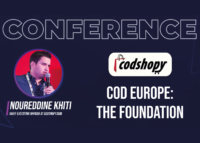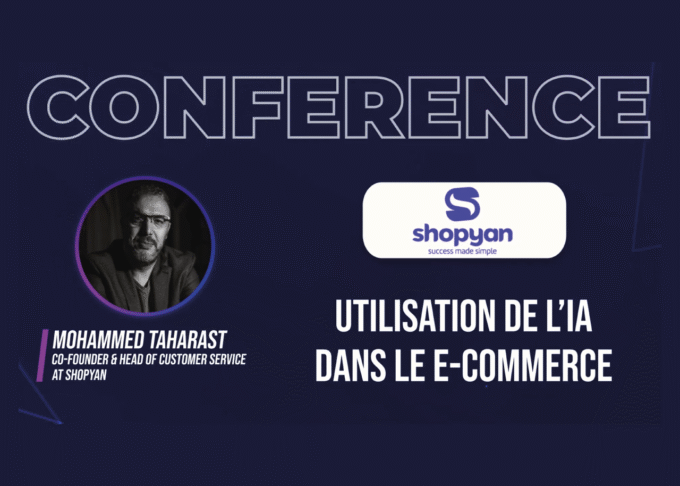The landscape of e-commerce is constantly evolving, and for many, the allure of established, high-volume markets seems like the most direct path to success. However, as revealed in a compelling case study presented at EMEC EXPO 2024, sometimes the greatest opportunities lie in identifying and strategically entering underserved markets. This narrative delves into how one individual successfully navigated the European e-commerce scene by focusing on Cash on Delivery (COD) in Eastern European countries, generating over €1.2 million in revenue.
The speaker begins by highlighting a common challenge: increased competition in well-established markets. To overcome this, the focus shifted towards a market with less saturation – Eastern Europe, specifically mentioning Poland, Bulgaria, and Greece. This strategic pivot proved to be the key to unlocking significant revenue.
The case study then dives into the practical application of this strategy, using real-world examples from several Eastern European nations. The speaker emphasizes that the initial step involved identifying winning products – the same types of products that were already successful in other markets. The core principle was simple: copy-paste the successful product strategy into these new markets.
Let’s examine the performance in specific countries:
- Bulgaria: A nation with a population of 6.5 million, where 56% of people shop online. One online store generated 476,000 BGN (approximately €242,000) with 13,000 orders. This demonstrates the viability of e-commerce in this region.
- Romania: Employing the same products but with localized creatives and landing pages, the venture achieved 25,000 units in sales within a single month (May 2024). Romania boasts a significant population of 19 million, offering a substantial customer base.
- Slovakia: Despite its smaller population of 5.4 million, Slovakia yielded impressive results with 6,000 sales, showcasing the potential of even smaller, less competitive markets.
- Greece: With a large population of 10 million and fewer logistical hurdles, Greece generated €265,000 in revenue using the same product strategy.
A crucial element of this success was the centralized fulfillment from a single warehouse in Bulgaria, enabling efficient and cost-effective delivery across these neighboring countries where logistical chains and border controls are less restrictive.
Regarding traffic sources, the speaker candidly admits to primarily using Facebook advertising, acknowledging that while this worked well, diversifying into platforms like TikTok and YouTube could further scale the operation.
The narrative also sheds light on the importance of the online sales process. Instead of traditional landing pages, the strategy involved using “brochure shops” on Shopify for a standard product priced around $1, being sold for €27. The order form was designed to collect detailed customer information, including full address and phone number. This meticulous approach allowed for verification via Google Maps, ensuring genuine customer interest and reducing fraudulent orders.
Furthermore, upselling played a significant role, with offers like a 30% discount on a second product and incentivized shipping, increasing the average order value. The preferred payment method was Cash on Delivery (COD), catering to the local preferences and building trust with customers.
The logistical backbone relied heavily on local delivery companies (like Amana) for efficient product delivery within 24-48 hours after a creative video advertisement was produced. The speaker highlights a multi-pronged video content strategy, utilizing variations with music, voiceovers, actors, and even AI-generated voices to appeal to different segments. In Slovakia, the average cost per acquisition (CPA) for a cosmetic product was around $20.
Ultimately, the most critical aspect discussed is profitability over mere revenue figures. While the business generated €1.2 million in revenue with 70,000 orders and a 90% confirmation rate, the key takeaway lies in the net profit. With a product cost of $12 and Facebook advertising cost of $3 per order, the net profit amounted to €348,000, representing a healthy 30% profit margin. This underscores the importance of focusing on what ends up “in your pocket”.
For those looking to replicate this success, the speaker introduces an academy with comprehensive video tutorials covering the entire process, from product sourcing to scaling in these European markets. The academy also offers live Q&A sessions and personalized coaching. Additionally, a “Prime COD Drop” service was created to address the challenge of initial capital for product procurement, allowing individuals to start without significant upfront investment.
In conclusion, this case study powerfully illustrates that by identifying and strategically targeting less saturated markets like Eastern Europe with a tailored Cash on Delivery approach, significant e-commerce success is achievable. The key lies in a combination of proven product strategies, localized execution, efficient logistics, and a relentless focus on profitability.















